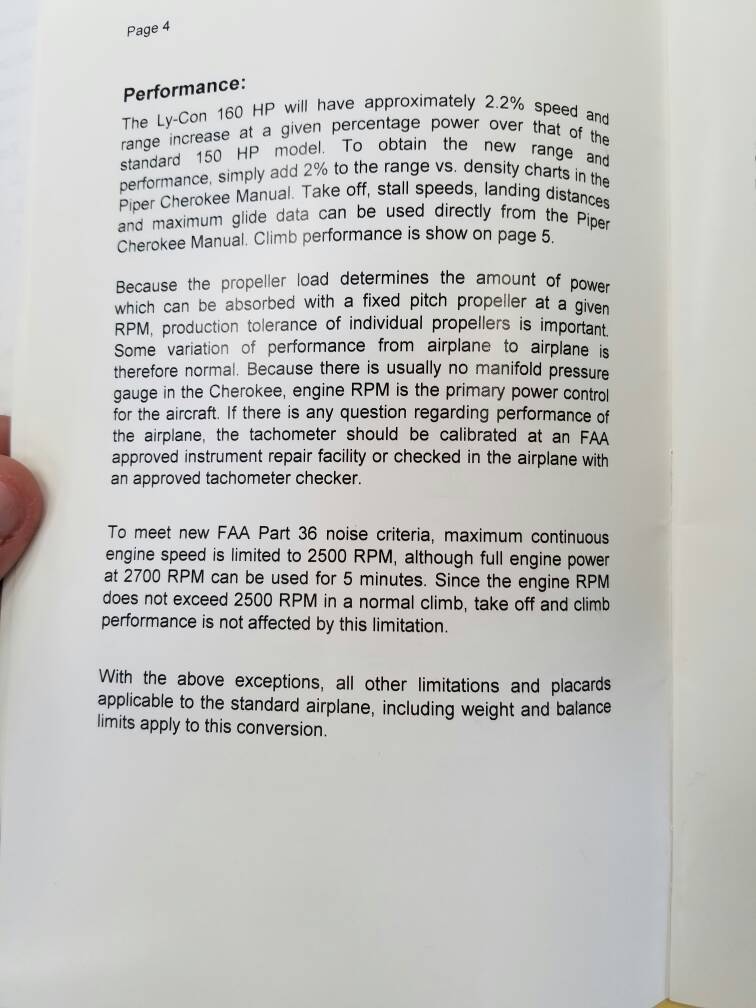ircphoenix
En-Route
Alright so I have a 1970 Cherokee 140 C. It has the 160 HP STC upgrade.
Now, I was under the impression that my v-speeds are all going to be the same as a regular 140. My performance numbers would definitely be different based on the upgraded power available, but the aerodynamics of the aircraft remain the same.
Am I wrong? The CFI doing my insurance checkout says that I am, but I don't understand the logic behind it.
Can someone tell me if I'm wrong, and if so, why?
Now, I was under the impression that my v-speeds are all going to be the same as a regular 140. My performance numbers would definitely be different based on the upgraded power available, but the aerodynamics of the aircraft remain the same.
Am I wrong? The CFI doing my insurance checkout says that I am, but I don't understand the logic behind it.
Can someone tell me if I'm wrong, and if so, why?

